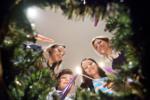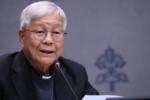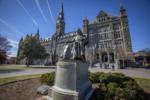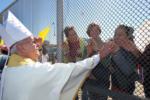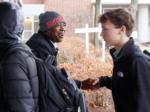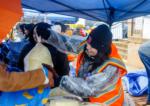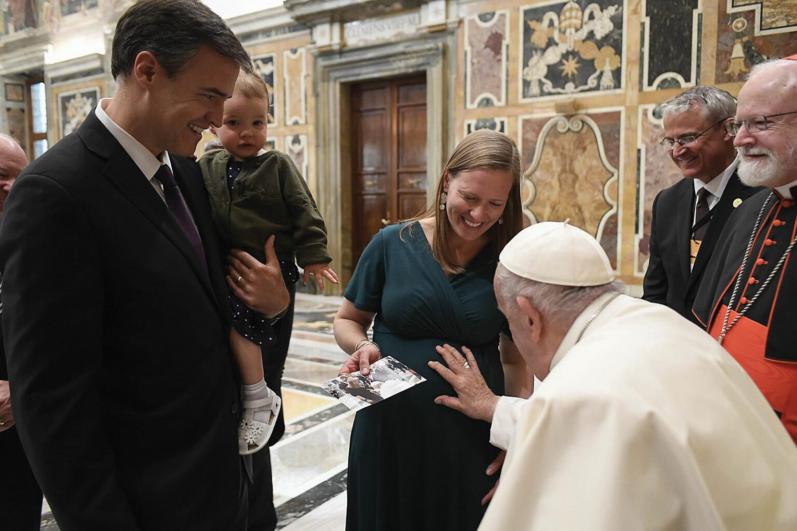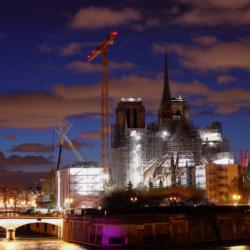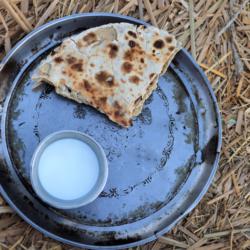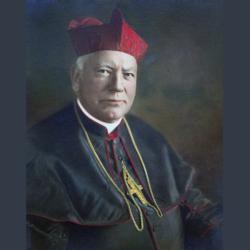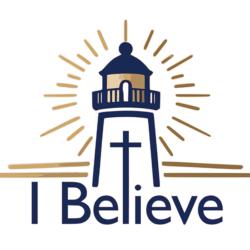From Cardinal Seán's blog
As I mentioned in my previous post, last week, we were in the midst of our annual pilgrimage and meeting of the Papal Foundation in Rome. This is the largest pilgrimage we've had so far, with over 150 people joining us.
On Friday, we had our audience with the Holy Father, who was in great form -- he was giving candies to all the little children! [ . . .]
Since its inception, the Papal Foundation has given about $350 million for causes to help the Holy Father's charities around the world and provided 2,000 scholarships for priests and religious from developing countries to study in Rome. Of course, they also help in places like Ukraine and areas where there have been natural disasters.
The Papal Foundation is a significant source of economic support for the charitable works of the Holy See, and I'm honored to serve as its chairman.
Mass at the Basilica of St. John Lateran
On Friday evening, I celebrated Mass for the members of the Foundation at the Basilica of St. John Lateran. Afterward, there was a banquet in what was the palace, which is now a museum.
St. John Lateran is the cathedral church of Rome, and popes used to live in that palace until the Middle Ages. In fact, that's where St. Francis of Assisi came to get the approbation for his rule and his way of life.
C9 Council of Cardinals
On Monday and Tuesday, we had our meetings of the C9 Council of Cardinals advising the Holy Father. As in our previous meetings, we had discussions on the role of women in the Church. This time, we were joined by Sister Regina da Costa Pedro and Professor Stella Morra, who shared their perspectives with us.
We also received a report on the Synod on Synodality from Cardinal Mario Grech and Msgr. Piero Coda and had a time for reflection and prayer for the troubling scenarios of war and conflict, particularly in the Middle East and Ukraine.
From Rome to Salamanca
From Rome, I went to Salamanca to receive an honorary doctorate from the Pontifical University here.
I arrived Thursday and spent the night with the Capuchins. They gave me a tour of the city, which is one of the more ancient and historic cities in Spain.
They have two cathedrals -- a newer Gothic one and an older Romanesque one.
Part of the Capuchin monastery where I am staying dates back to the time of St. Francis. One of his first followers came to Salamanca, and the Franciscans established a monastery and were involved in the university here.
We also visited the Dominican Convent of St. Stephen where Christopher Columbus met with the friars before he came to the New World. The friars were very active in defending the rights of the indigenous people.
During her time in Salamanca, St. Teresa of Avila would visit the monastery to pray and seek guidance from her Dominican confessors.



